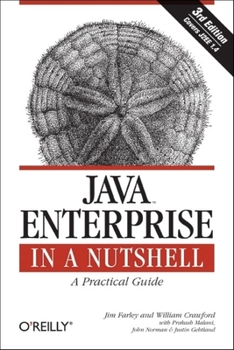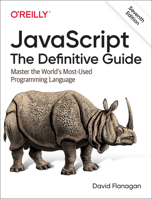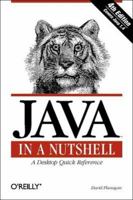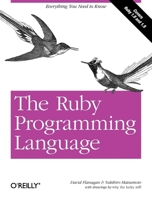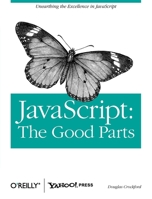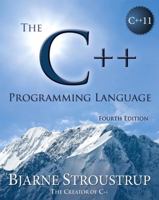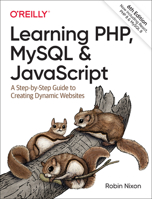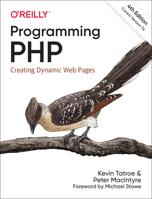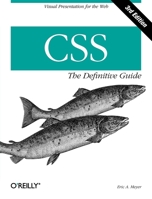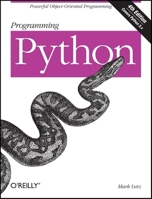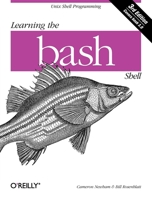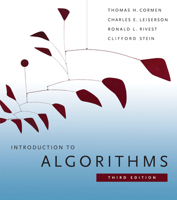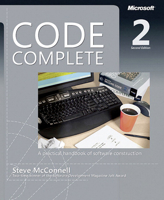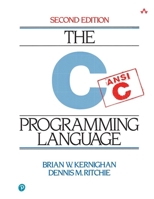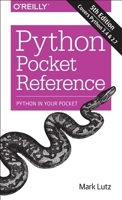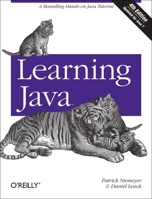Java Enterprise in a Nutshell: A Practical Guide
You Might Also Enjoy
Customer Reviews
Rated 5 starsGreat reference for an immense topic
Java Enterprise in a Nutshell tries to do the impossible - fit Enterprise Java into a nutshell. I don't think it matters how big of a nutshell you have, it would be a truly impossible task. Farley and Crawford, though, do a nice job shoe-horning as much Enterprise Java as they can into an 800+ page book. They go over many topics including all the J2EE standards like EJBs and JSPs to open source tools like JUnit, Cactus,...
0Report
Rated 5 starsA Good Quick Reference
The book "Java Enterprise in a Nutshell" is a dense overview of some of the packages in J2EE. The book has three parts: An introduction, an enterprise reference and an API reference. The introduction describes each package, gives some examples and pointers for further readings. The second part contains reference material on SQL, RMI Tools, IDL and IDL tools and CORBA Services. The API reference lists the complete API of the...
0Report
Rated 5 starsO'Reilly scores again
This is a great book... provides short descriptions of the technologies in the Java Enterprise Edition. For each one, covers the architecture, use, and provides examples... everything you need to get started (and for the JavaDoc to make sense). The explanations of the architecture of each technology is especially clear and well written. Also contains the necessary reference material for each technology.This should be...
0Report
Rated 5 starsShort and Sweet
A great reference for the experienced programmer, definitely not a beginner's manual. The API listing takes up over half the book and can be easily found in online JavaDocs, but the actual book is great. I compared the chapter on JDBC to the Java Tutorial Continued - and it covered the same material (very clearly, too) in 1/3 as many pages.
0Report
Rated 5 starsJust what I needed.
This book is absolutely indespensible for anyone programming Java Servlets, EJB, and CORBA applications. I do all of the above, so this reduces the weight of paper I need to carry around by tenfold. Clear, concise, correct.
0Report











